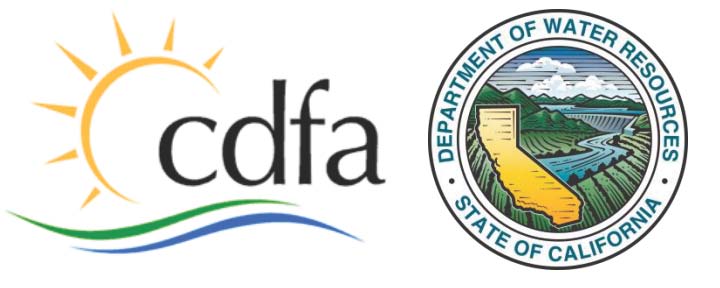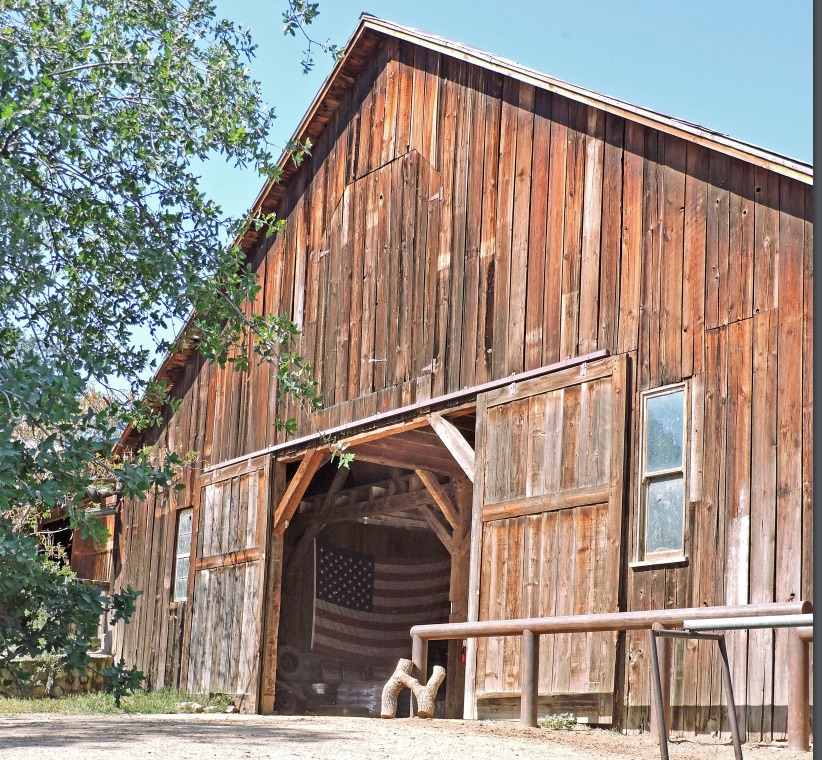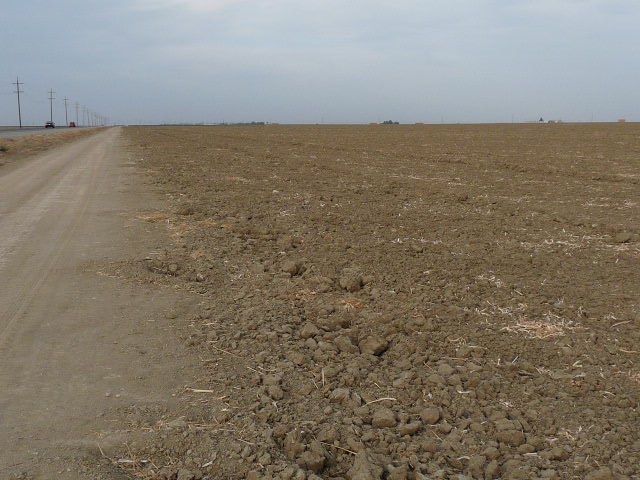Bureau of Reclamation
Ag Uses Sound Science to Help Fish
Ag Collaborates to Help Endangered Fish
By Patrick Cavanaugh, Farm News Director
Don Bransford, president of the Glenn-Colusa Irrigation District (GCID) as well as a member of the State Board of Food and Agriculture, expressed major concerns with the proposed State Water Resources Control Board (SWRCB) diversion of 40% of the water from many irrigation districts on rivers that drain into the San Joaquin River to increase flows in the Delta to protect endangered fish.
“It’s a very difficult challenge because it appears that the SWRCB wants to increase the flows in the Sacramento River. That water has to come from somewhere, and it looks like it’s going to come from the irrigation districts. Unless we can do environmental projects on the River to improve habitat for fish and re-manage our water, we have water at risk,” said Bransford.
Bransford, who is also a rice farmer, said “Everyone has their own science regarding protecting those species. We’re talking about salmon, steelhead trout, and of course the smelt.”
“The difficulty is, we believe they’re using a lot of old science. There is newer science that suggests there are better ways to manage this. And, if something does not work, then you change. You just don’t throw more water at it,” he noted.
“We think habitat improvements are important in providing refuge for the fish,” Bransford explained. “We’re looking at flushing rice water into the rivers to provide food. Currently, the rivers are pretty sterile because they are just channels now. If we could apply flows from rice into the rivers like we did for the Delta Smelt this summer, you’re providing food for smelt.”
Bransford noted the Northern California irrigation districts work with the U.S. Bureau of Reclamation to increase flows in certain areas of the Sacramento River at certain times. “Our irrigation district managers work with the Bureau to provide flushing flows on the upper Sacramento.” These flows clean out diseased gravel beds in the absence of natural high water flows.”
“So they used some extra water late March of this year,” Bransford elaborated, “to just turn the gravel over to freshen it up. It did help the fish, particularly the salmon,” said Bransford.
Glenn-Colusa Irrigation District (GCID), according to its website, is dedicated to providing reliable, affordable water supplies to its landowners and water users, while ensuring the environmental and economic viability of the region. As the largest irrigation district in the Sacramento Valley, GCID has a long history of serving farmers and the agricultural community and maintaining critical wildlife habitat. The District fulfills its mission of efficiently and effectively managing and delivering water through an ever-improving delivery system and responsible policies, while maintaining a deep commitment to sustainable practices. Looking ahead, GCID will remain focused on continuing to deliver a reliable and sustainable water supply by positioning itself to respond proactively, strategically and responsibly to California’s ever-changing water landscape.



































